Exploring Most Popular Software Development Models
Discover the top software development models - Agile, Waterfall, Spiral and choose the best fit for your projects.
As any individual who has ever worked on a software development project would demonstrate, creating digital solutions requires navigating a challenging procedure. There are various steps in that process that span everything from software’s conception and design to its release and maintenance. The procedure is known as the software development life cycle (SDLC) by development teams.
A team can approach the SDLC in a variety of ways, whether or not you are aware of this. In fact, we’ll discuss many software development models based on the workflow strategy and stage organization used by the team. Currently, there are over fifty different Software Development Life Cycle models, each with its own configuration for the development process. In this article, we’ll explore most popular software development models.
Waterfall
Since it has been in use for so long, waterfall is one of the most well-known SDLC models. The team needs to complete every development step before going on to the next since they are all sequential. The model gets its name from the way the jobs “cascade” into one another in this manner.
The waterfall model is very structured. This means that the team needs to complete a set of deliverables and documents to move on to next step. While this method offers certainty in time and resources, it lacks flexibility for new requirements. Furthermore, testing is often the final step so any flaw that engineers discover is extremely expensive to fix because the product is nearly complete when it reaches that point.
V-model
Many consider the V-model to be a continuation of the Waterfall model because, in its initial phase, it just employs the cascading steps to advance the process upward following the coding stage. The name of this model comes from the V-shaped formed by the initial downward movement and the succeeding upward movement. Because every point in the verification phase has a corresponding stage in the validation phase, it is also known as the Verification and Validation model.
Therefore, V-model differs from the Waterfall model in that testing is done at every stage instead of at the conclusion. This results in an overall improvement in product quality but it also increases the time and cost associated with software release. In addition, requirements are gathered at the beginning and cannot be modified while the project is being developed. Thus, V-model might lack flexibility in some cases.
Iterative and Incremental Model
The Iterative and Incremental model aims to create a product that advances incrementally, one tiny step at a time. This progression occurs through repeated development cycles, which constitute an iterative process. Through this iterative process, developers can discover what develops well and what doesn’t. They then use this information to improve on later iterations.
As a result, every iteration adds a new module to the program that advances the ideas from the one before it. Because some criteria can be changed as development progresses, this ensures consistency and gives some leeway while gathering requirements. It’s crucial to remember, though, that those adjustments cannot be drastic. The first criteria establish a fixed base that can be somewhat modified while still offering an inflexible framework for iterative development.
Spiral Model
This model is a risk-driven approach to software development. This indicates that the possible risks associated with a particular project serve as the primary guiding principle for the Spiral model. This model uses elements from different models including incremental development and waterfall to accomplish its goals.
The Spiral model consists of 4 main activities: risk analysis, risk planning, prototype development and deliverables evaluation. Thus, the project begins with a risk assessment outlining the team’s workflow. The team evaluates the project once its first iteration is finished in order to make improvements for the following cycle. As a result, this approach can assist in reducing the risks that come with development. But in the early phases, it also requires a large degree of client interaction. Furthermore, Spiral model has the ability to prolong its cycles, thereby allows the work to continue after the predetermined deadline.
Rational Unified Process
The Rational Unified Process (RUP), another iterative approach, is a flexible process framework that teams can customize for their own projects. The actual model is divided into four stages: conception, development, building and transition. Iterative processes occur simultaneously in each of these phases, but at varying intensities. Therefore, requirements collection will be the primary focus of the conception phase’s tasks while design, implementation and testing will be added during the building phase.
RUP is highly adaptable compared to linear development models, allowing changes in emphasis even in advanced construction phases. However, it lacks the speed and adaptability of more agile approaches like Scrum or Kanban, making it less flexible in comparison to these models.
Agile Models
It’s not necessary to be very experienced in software development to have some knowledge about Agile. This is due to the fact that software development businesses approach their job with an Agile attitude. Because agile methodologies are very flexible, developers can make changes and modifications to the project as they proceed.
Compared to the approaches we’ve seen thus far, agile is less concerned with rigorous documentation or requirements gathering. This way of thinking revolves around the cooperation of self-organizing teams that use evolutionary development, adaptive planning, iterative work and continuous improvement to produce highly functional solutions.
A lot of models use Agile as their guiding mindset including the 3 most popular ones: Scrum, Kanban and Extreme Programming (XP).
Scrum
Scrum is the most widely used Agile model. It employs time-boxed iterations or sprints to focus on particular components of the finished project. The plan is to divide the product into manageable tasks that can be finished in a constrained amount of time (usually two to four weeks). Because daily scrums are about collaboration and communication, the team meets daily to discuss these topics. There, they keep an eye on the team’s actions and progress while identifying problems and possible fixes.
The team gets together again at the conclusion of a sprint to present the work completed during that period, which typically includes a functional prototype of the final product. During the meeting, the team can also examine the process. Moreover, the team also determine which areas for improvement they could focus on in the next sprint.
Kanban
Instead of using sprints, Kanban employs a visual plan that is displayed on a Kanban Board. The team outlines in it the assignments, duties, and progress that each member is expected to make. As a result, this approach focuses more on project transparency which enables the team to identify problems and assign work more effectively.
The fact that work isn’t assigned to the team based on a schedule is another crucial feature of the Kanban methodology. Instead, tasks are assigned based on the team’s ability to complete them. Teams can then determine how, when and what to work on when completing the many tasks that need to be completed. Because it permits criteria and modifications to be added at any moment, kanban is incredibly adaptable. While the team is undoubtedly more adaptable to work on any project as a result, predictability is also significantly decreased.
Extreme Programming (XP)
Extreme programming is an Agile model that advocates for frequent releases within short development cycle. The primary distinction between XP and other models is that XP doesn’t force developers to create features unless they are truly required. That is a touch excessive, if that makes any sense. Actually, the fixation with pushing the boundaries of conventional software engineering techniques is how XP gets its moniker.
The flexibility of XP is comparable to that of Scrum and Kanban; it is neither as organized nor as free-form as the latter two approaches. Each repetition might be followed by changes. XP teams employ pair programming, test-driven development and continuous integration techniques to ensure the ultimate quality of the product.
Conclusion
In conclusion, understanding and implementing the right software development model is crucial for achieving success in today’s dynamic tech landscape. Each model—whether it’s Agile, Waterfall or Spiral has its own set of advantages and challenges, catering to different project requirements and team dynamics. The key lies in selecting and adapting these models judiciously to fit specific project goals, timelines and organizational cultures.
8seneca excels in providing customized B2B services, particularly in IT outsourcing solutions.In case of need assistance with IT outsourcing, please don’t hesitate to reach out to us. We are actively looking for skilled Junior Java Developers to enhance our team. For details on open roles, please visit our recruitment center.
Related Articles
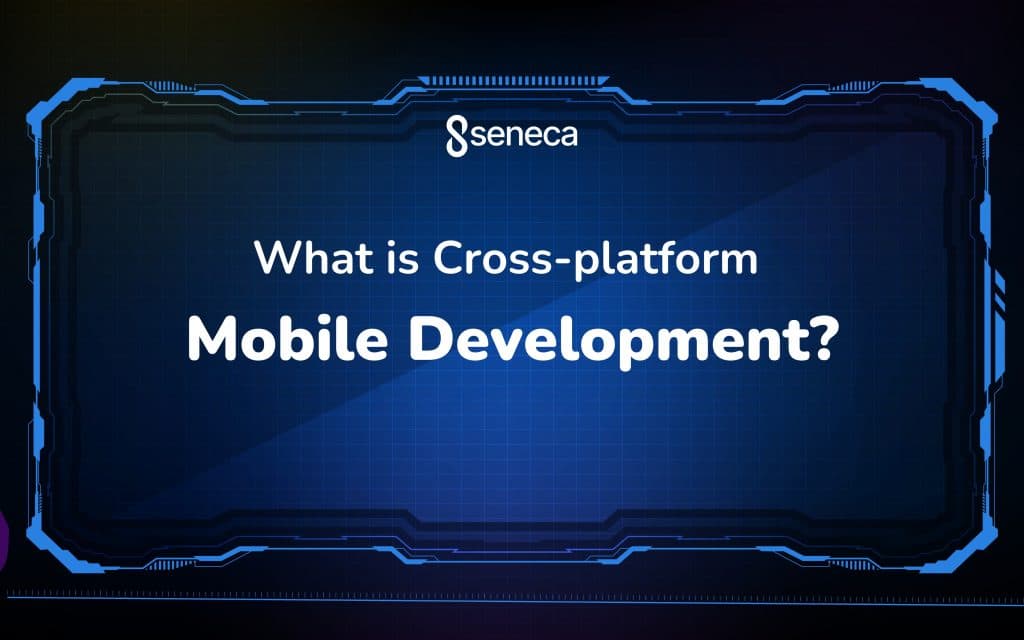
Dec 09, 2024
Read more
What is Cross-platform Mobile Development?
Learn what cross-platform mobile development is, its benefits, challenges, and popular frameworks like Flutter, React Native, and Xamarin.

Dec 06, 2024
Read more
The Leadership Factor: Why Strong Leaders Make Successful Projects
Discover how effective leadership drives project success with strategies to inspire teams, tackle challenges, and achieve goals.
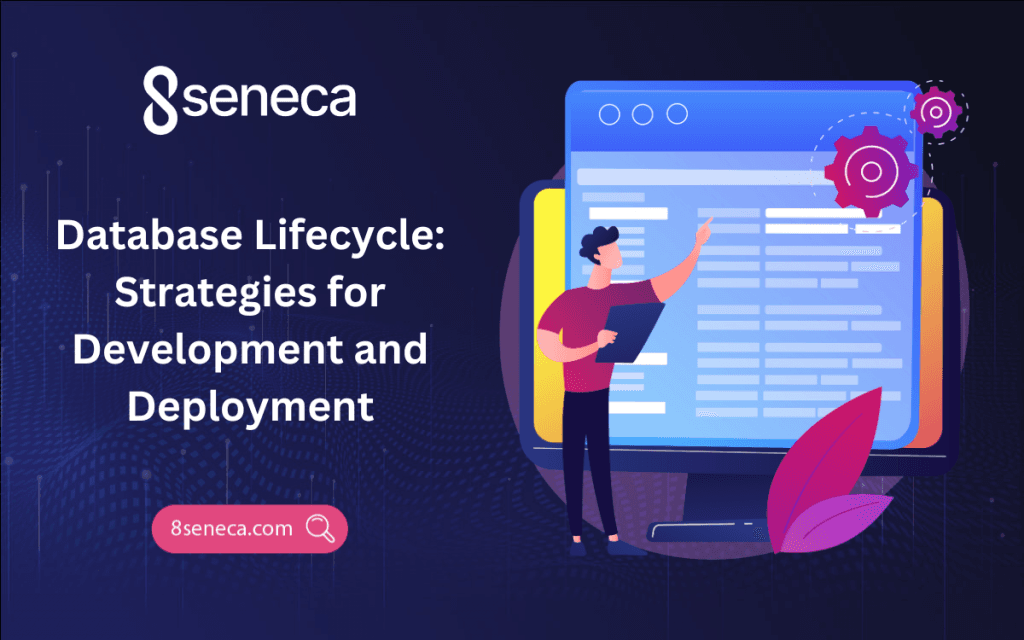
Oct 29, 2024
Read more
Database Lifecycle: Strategies for Development and Deployment
Learn the key stages of the database lifecycle—Planning, Analysis, Design, Implementation, Testing, Deployment, and Maintenance
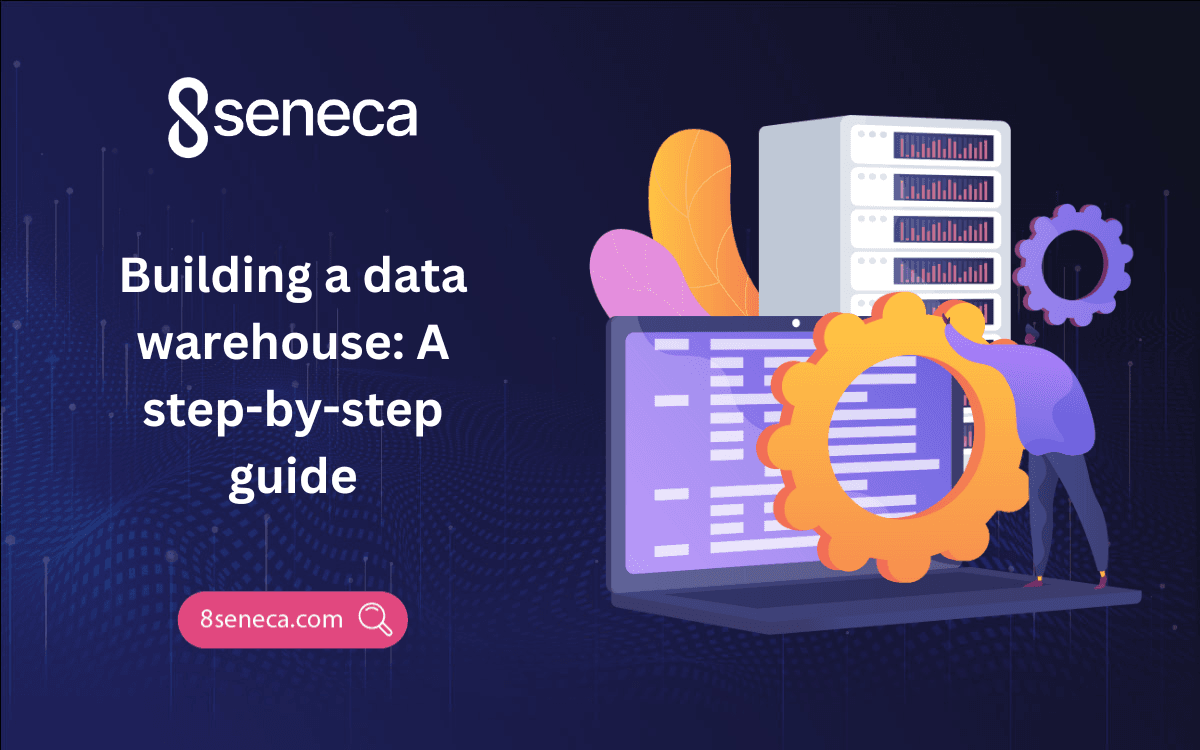
Sep 30, 2024
Read more
Building a Data Warehouse: A step-by-step guide
Learn the key components, best practices, challenges of building and maintaining a data warehouse, and how it can drive better business.
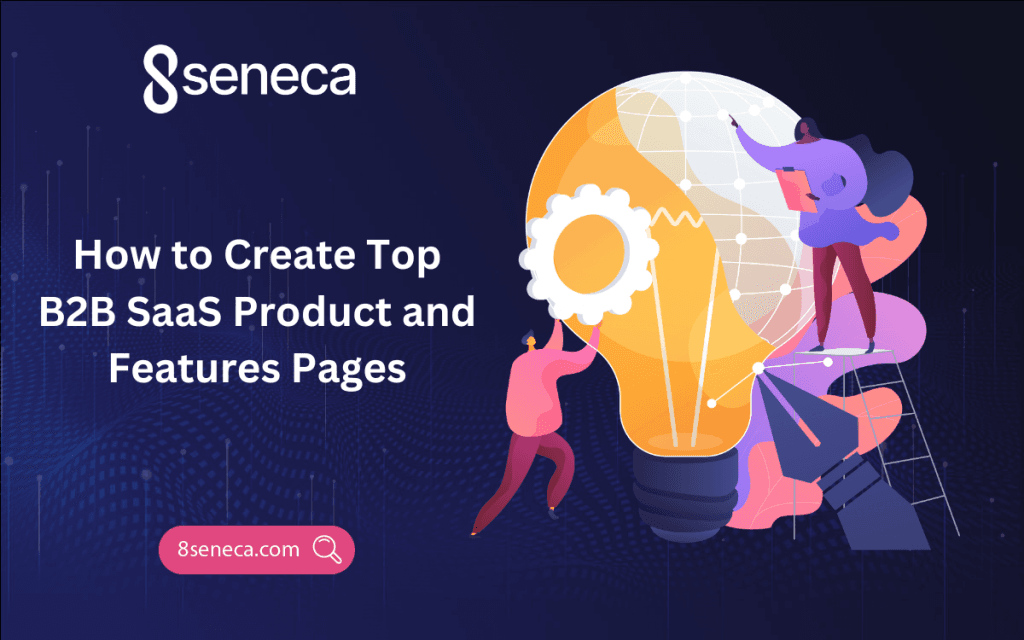
Sep 17, 2024
Read more
How to Create Top B2B SaaS Product and Features Pages
Explore key elements and examples of B2B SaaS product pages to boost conversions and showcase your product's value.
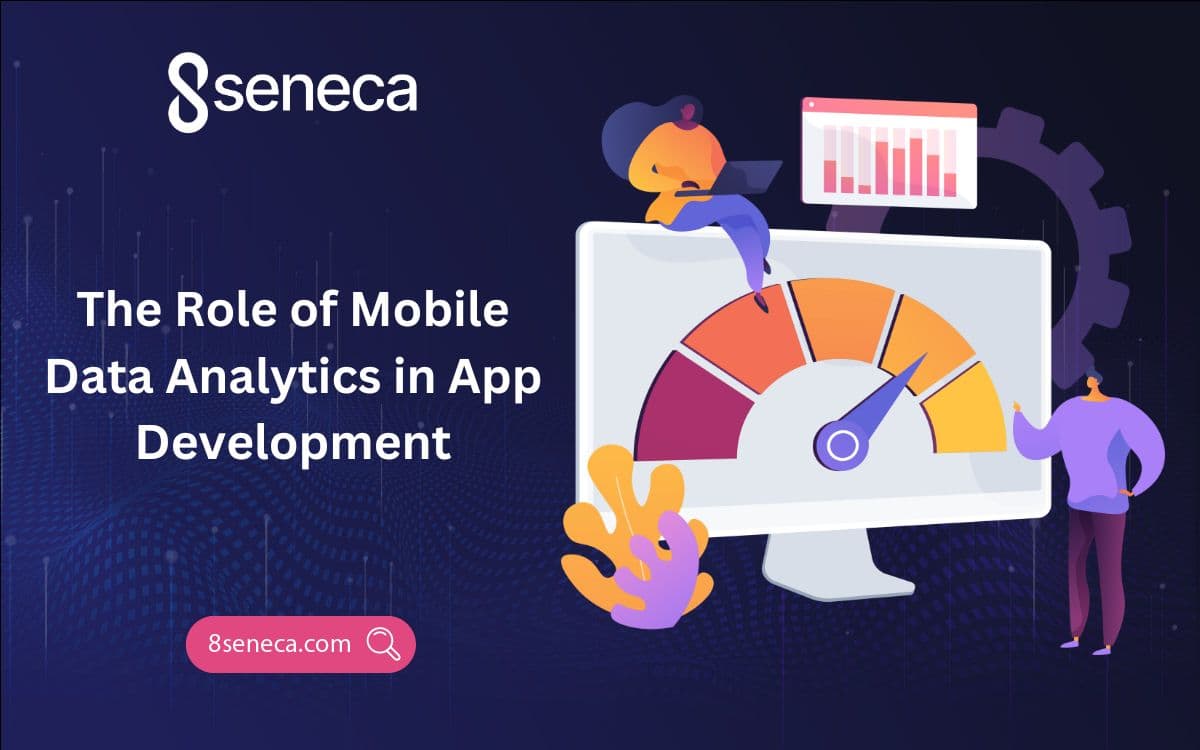
Sep 13, 2024
Read more
The Role of Mobile Data Analytics in App Development
Discover how mobile data analytics improves app development by enhancing user engagement, boosting retention, and optimizing performance.
